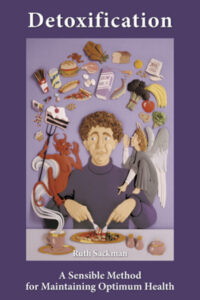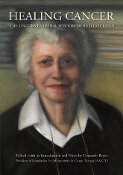Bananas were cultivated in India 4,000 years ago. In 1482, the Portuguese found the banana on the Guinea coast and carried it with them to the Canary Islands. Spanish priests are credited with having introduced this fruit to tropical America when they arrived as missionaries in the sixteenth century. Now, the banana can be found in all tropical countries.
The first known species of banana is the plantain or cooking banana. The plantain has a salmon-colored a cheesy, gummy texture, and a slightly add taste. This fruit has been a substitute for bread or potatoes in many countries, and is slowly being introduced to the United States.
Bananas are usually harvested green, shipped green, and ripened by wholesale fruit jobbers in air-conditioned ripening rooms. The Gros Michel variety is the most popular of the many varieties. It produces the largest and most compact bunch, which makes it easier to ship. The thick skin of the banana protects the soft fruit.
Other popular varieties of banana are the Claret, or red banana, which has a gummy flesh; the Lady Finger, which is the smallest variety, but has a delicate, sweet flavor; and the Apple, which has an add flavor and tastes somewhat like a mellow apple.
In the tropics, bananas are often cooked and served with beans, rice, or tortillas. In the Latin American countries, the ripe banana is sometimes dried in the sun in much the same manner as figs and raisins. They arc often sliced when ripe and left in the sun until they are covered with a coating of white, sugary powder that arises from their own juices.
The banana has no particular growing season. A ripe banana is firm, with a plump texture, strong peel, and no trace of green on the skin. A skin that is flecked with brown means the fruit is good. Fully ripe bananas are composed of 76 percent water, 20 percent sugar, and 12 percent starch.
Therapeutic value of bananas
The sugars in the banana are readily ashhted, and they contain many vitamins and minerals, and a great deal of fiber. They are excellent for young children and infants and are good in reducing diets because they satisfy the appetite and are low in fat.
Because they are so soft, they are good for persons who have intestinal disturbances, and for convalescents. Bananas feed the natural acidophilus bacteria of the bowel, and their high potassium content benefits the muscular system.
Nutrients in one pound of bananas
Calories: 299
Protein: 3.6 g
Fat: 0.6 g
Carbohydrates: 69.9 g
Calcium: 24 mg
Phosphorus: 85 mg
Iron: 1.8 mg
Vitamin A: 1,300 I.U.
Thiamine: 0.27 mg
Riboflavin: 0.19 mg
Niacin: 1.7 mg
Ascorbic acid: 29 mg





